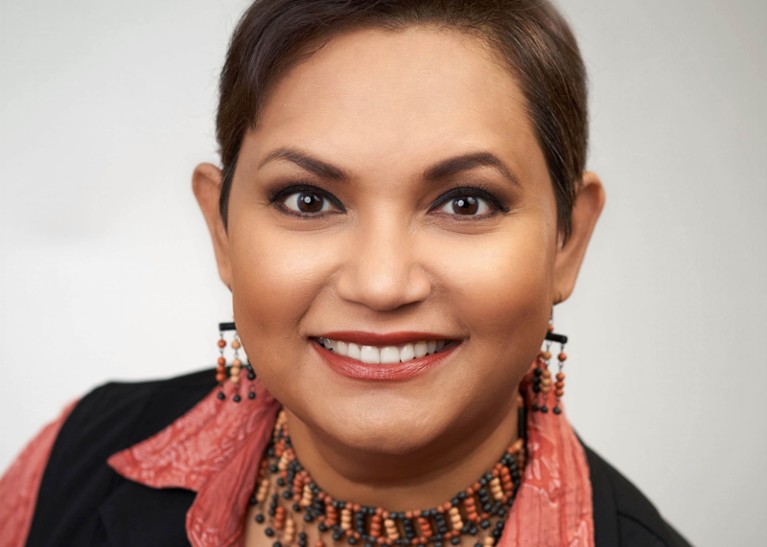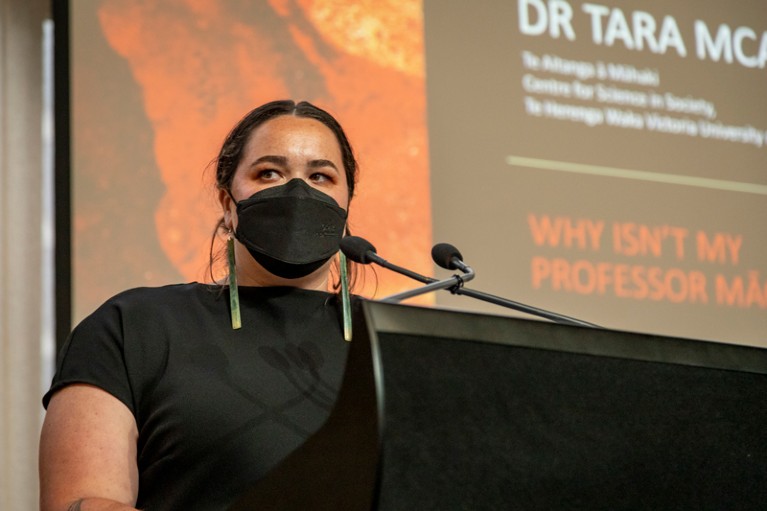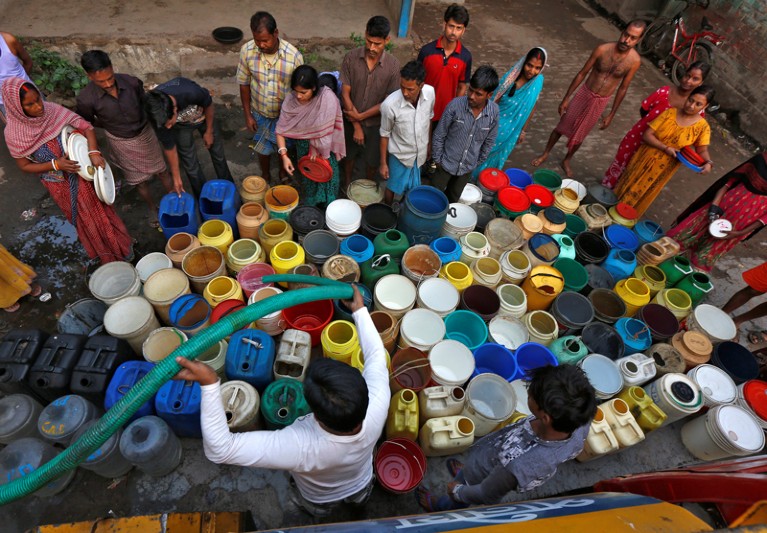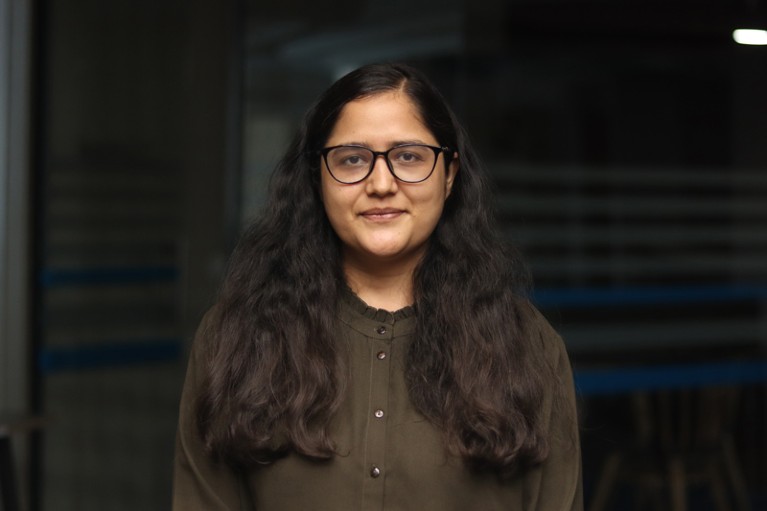[ad_1]
Earlier this month, the editors at the linguistics journal Syntax publicly announced their resignations in response to changes to the manuscript-handling process imposed by its publisher, Wiley-Blackwell.
“We have come to the conclusion that our position as editors of the journal is no longer tenable,” wrote editors Klaus Abels and Suzanne Flynn in an open letter to authors and reviewers of the journal on 9 March. They added that measures designed to cut costs and tackle a backlog of papers — namely assigning copyediting tasks that were previously handled by Syntax’s independent editorial office to a production team without specialist knowledge of linguistics — meant the journal could “no longer meet the needs of our community”. Wiley-Blackwell did not respond to a request for comment from Nature’s news team.
The move is latest such event in what seems to be an emerging form of protest: the public resignation of academic editors.
Editors quit top neuroscience journal to protest against open-access charges
So far this year, the editors of five journals have resigned together, according to an unofficial tally by the website Retraction Watch. This followed 12 such moves in 2023, a big increase over the preceding years (there were 2 such events in both 2021 and 2022). The tally starts in 2015, although earlier events have been recorded.
It isn’t clear whether mass resignations are set to become even more frequent, says Michael Clarke, a publishing consultant at management-consultant firm Clarke & Esposito in Washington DC. But he adds that they are getting a lot of attention. Many mass resignations, Clarke says, are in response to changes to business models in the publishing industry.
This was the case for editors and editorial board members of the journal Critical Public Health, published by Taylor & Francis, who resigned last July. The journal’s former co-editor-in-chief Judith Green, a sociologist at the University of Exeter, UK, says that the move was prompted partly by the publisher’s plans to make the journal open access. “It wasn’t that we were opposed to the principle of open access,” she says. Instead, the editors were deeply opposed to the article-processing-charge model, in which authors are charged fees to publish their papers open access. The team decided to resign only after a year of discussions with the publisher about alternative models failed to produce a compromise, Green says. A spokesperson for Taylor & Francis referred Nature to a statement issued at the time of the resignation, saying they publisher was disappointed by the resignations, but was looking forward to recruiting a new editorial team.
“The big theme [of mass resignations] is this tension of competing priorities,” says Ivan Oransky, co-founder of Retraction Watch. “You have publishers — most of them are for profit — that demand and require constant growth because that’s what the stock market requires. You have researchers — academics or editors, for the most part, who champion quality and maybe depth and time to review. Those are in opposition.”
More than a protest
Clarke says that he can see why editors who are dissatisfied might take matters into their own hands. “If an academic community wishes to control the business decisions of a journal, the best way to do that is to own the journal,” he says. “These mass resignations were all cases where the editors were working on journals owned by the publisher.”
“The resignation is not so much the point. The point is creating an alternative top-quality channel of scholarly communication,” says Abels, a linguistics researcher at University College London.
Open-access row prompts editorial board of Elsevier journal to resign
Groups of editors who resign sometimes go on to found new publications, over which they have more control. The former editors of Critical Public Health are in the process of setting up a new journal called The Journal of Critical Public Health, hosted by the international Critical Public Health Network in Edinburgh, UK. A similar outcome resulted from the mass resignation of editors at Elsevier journal NeuroImage last April, who have since set up another journal hosted by the non-profit publisher MIT press.
Stephen Smith, a biomedical engineer at the University of Oxford, UK, was editor-in-chief of NeuroImage, and now holds the same role at the new journal, Imaging Neuroscience, which launched in last July. He is pleased with what came out of the mass resignation. “Things are going extremely well,” he says. “As of March 2024, we have received 700 submissions and published 125 papers.”
Abels and his colleagues plan to form a new journal, under a diamond open-access model in which there are no fees for authors or readers, hosted by the Open Library of Humanities (OLH) at Birkbeck, University of London. He says that the editors were galvanized to resign by earlier resignations, but adds that those tempted to resign should look beyond using the move as a protest. They should focus instead on finding a home for a new journal and the academic community. Smith agrees: “I think of our move as being more than just ‘protest’, which implies that we academics lack the power to change the publication system directly.” Such change can be achieved, Smith says, by “starting new journals that are open, not-for-profit, and have high academic standards”.
[ad_2]
Source Article Link










